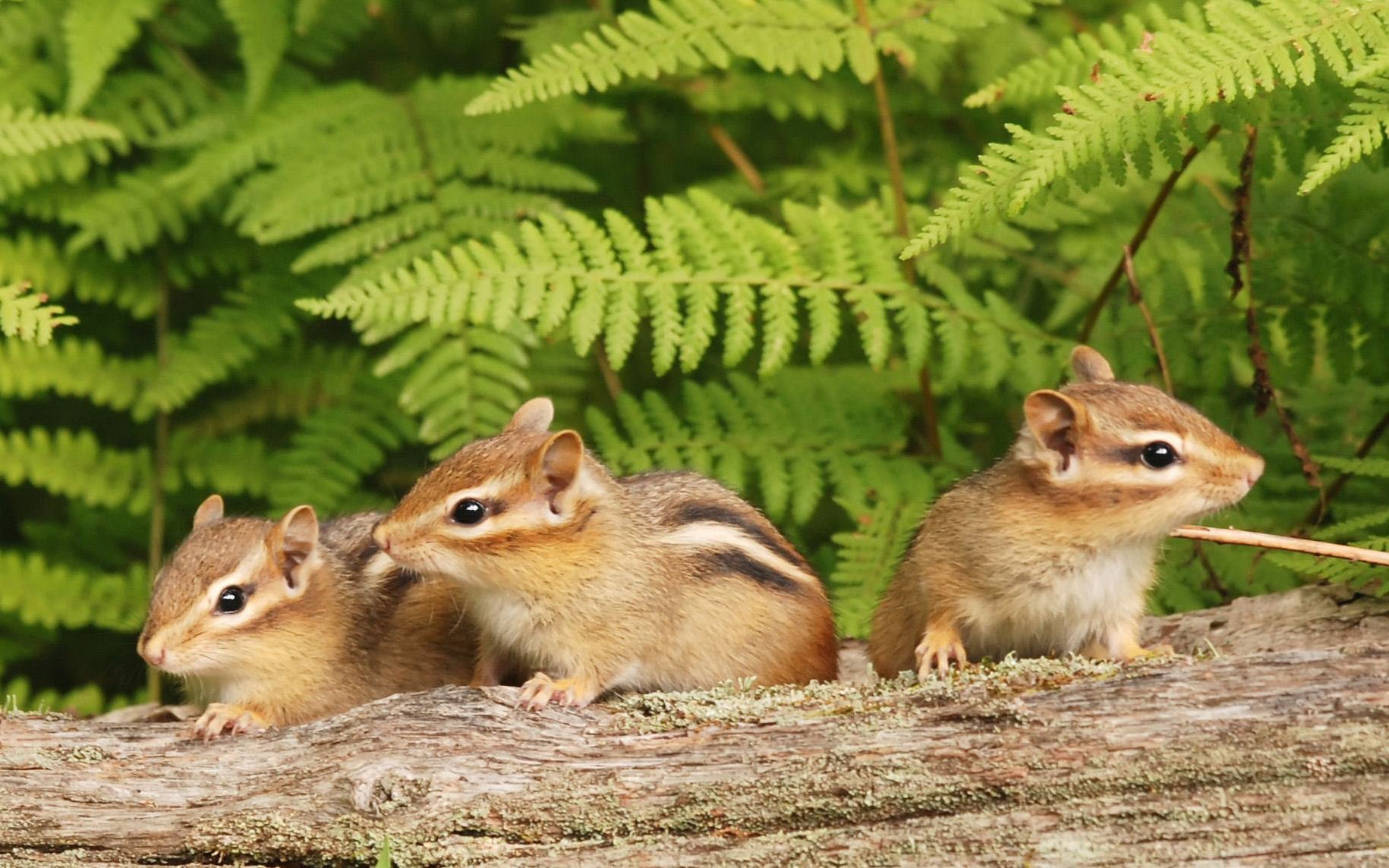Chipmunks and ground squirrels are similar in appearance and behavior, and are often confused for one another. Locally, the ground squirrel family of rodents includes ground squirrels, chipmunks and woodchucks, Wildlife Illinois reports.
The eastern chipmunk is the only chipmunk species in Illinois, and it lives across most of the state except for the southeast portion, Wildlife Illinois reports. Two ground squirrel species live in Illinois. Thirteen-lined ground squirrels are common and abundant in the northern two-thirds of the state. The other species, the Franklin’s ground squirrel, is uncommon and listed as a threatened species in Illinois, according to Wildlife Illinois. The range for both species extends as far south as the Shelbyville glacial moraine, but they are generally not found south of that area.
Ground squirrels prefer grassland and prairie habitat, including golf courses, cemeteries, parks, yards and other areas with short-cut grass. Chipmunks prefer more wooded areas but avoid dense forests. Chipmunks are also commonly found in urban and suburban areas, Wildlife Illinois reports.
The burrowing and digging done by both chipmunks and ground squirrels sometimes brings them close to our homes. They can also be a nuisance because of their diet. Both chipmunks and ground squirrels eat a lot of plant material, although all are omnivores and also eat animal matter.

)
)
)
)